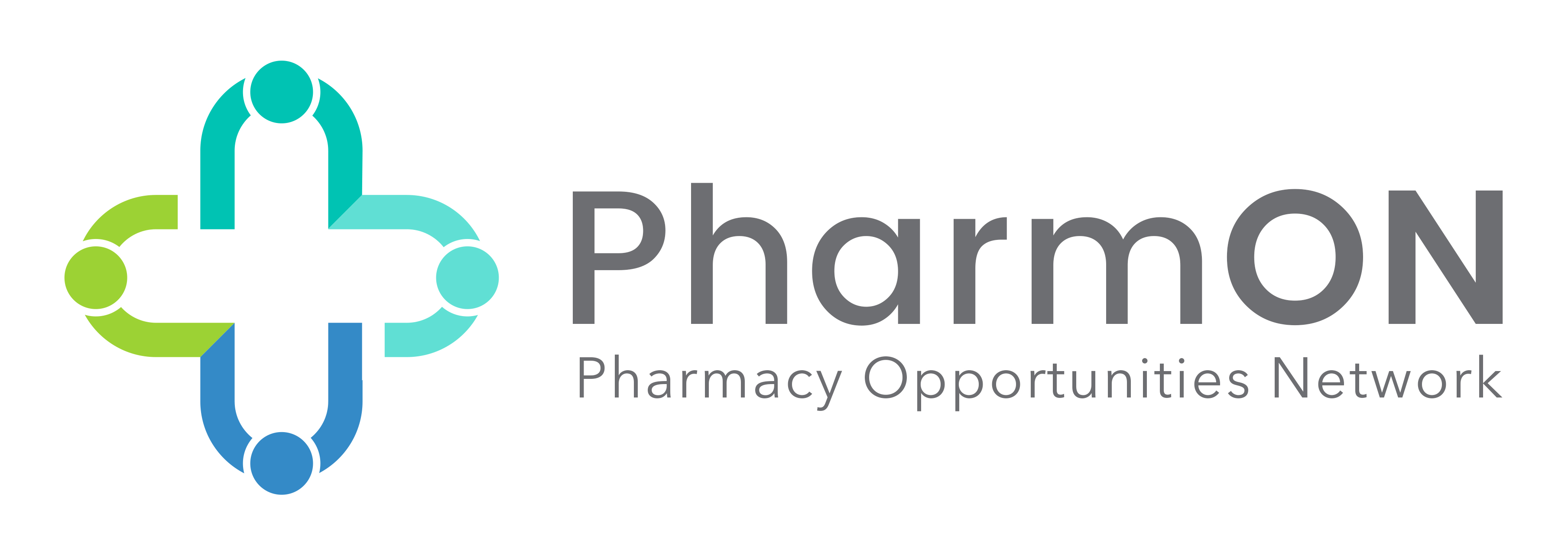Excellence in Teaching
Narrative
The candidate describes in the narrative, along with appendix, evidence related to excellence in teaching that may include two or more of the following areas:
- Positive student-faculty contact,
- Effective active learning,
- Achievable yet high expectations,
- Respects diverse talents and ways of learning,
- Effective communication skills,
- Commitment to teaching well.
- High student achievement or level of learning
Artifacts
The candidate provides high quality artifacts to support themes addressed in the narrative.
- Examples of artifacts:
- Awards for teaching (local, regional, national, international)
- Letters of support from current and/or former students and trainees, or peers (up to 3 letters count as 1 artifact)
- Content should describe the impact and/or value of the applicant’s “Excellence in Teaching and Learning” on the letter writer.
- Peer evaluations of teaching (max 3 evals from past 5 years count as 1 artifact)
- Must include an assessment of the applicant’s ability to:
- plan and execute a learning event or experience
- assess learning outcomes
- goes beyond simply evaluating the applicant’s presentation skills.
- Summary data from learner evaluations from 3 of the last 5 years
- (e.g., end-of-course or rotation evaluations)
- Graphical/tabular presentation is recommended
- An interpretation of the student evaluation data (300 words or less) must be included
- Summary data from alumni evaluations from 3 of the last 5 years.
- Graphical/tabular presentation is recommended
Scholarly Teaching
Narrative
The candidate describes in the narrative statement evidence regarding their growth as an educator and how the scholarly works of others have influenced his/her teaching. The narrative may include a description/evidence of the process, for example:
- Observing a teaching-learning problem or opportunity
- Making an improvement that impacts learning (this could be an educational intervention but may also be other types of improvements or changes that have ultimate impact on students)
- Conducting systematic observation or analysis of impact
- Documenting observations or impact
- Analyzing results
- Obtaining peer evaluation
- Consulting literature
- Adapting instruction based on feedback
Artifacts
The candidate provides high quality artifacts to support themes addressed in the narrative. Examples of artifacts:
- Designing a course or lesson plan taking a scholarly approach
- literature foundation
- peer review
- Analysis of teaching related artifacts (e.g., assignment) with description of scholarly approach to development, implementation and evaluation (e.g., baseline measures, pre-post results).
- A self-assessment and reflection on teaching, including
- a description of development over time, including failures
- evidence of student and/or faculty discussion and input
- A list and brief description of self-development/CPD activities completed by the applicant that have enhanced the applicant’s ability/ competencies as an educator.
- Letters of support from current and/or former students and trainees, or peers. (up to 3 letters count as 1 artifact)
- Content should describe the impact and/or value of the applicant’s “Scholarly Approach to Teaching and Learning” on the letter writer
Scholarship of Teaching and Learning
Narrative
The candidate describes in the narrative commenting on SOTL themes and initiatives over the years, including one or more examples of SOTL with description/evidence of:
- Identifying key issues from ST
- Analyzing results
- Placing into context of existing knowledge
- Preparing a manuscript or proposal for presentation
- Submitting for peer review
- Disseminating and adding to existing knowledge base
- Your role and roles of others involved
Artifacts
The candidate provides high quality artifacts to support themes addressed in the narrative. Example of artifacts:
- A list of the educational journals or books for which the applicant has served as a reviewer or editor including the number of papers or chapters the applicant has reviewed or edited during each of the past 3 years.
- Recognition by peers for contributions to SOTL as evidenced by awards documented in the CV (e.g., Rufus A. Lyman Award)
- A sample of the applicant’s scholarly works related to teaching and learning. Examples include peer reviewed artifacts (e.g., original research manuscripts, review articles, letters to the editor, awards, abstracts), credentials (e.g., relevant certification or training), non-peer reviewed, non-credentialed work (e.g., podcast, student feedback). Consideration will be given to both the type and quality of each sample.
Presentation of package
Submission is clearly and concisely written and logically presented.











